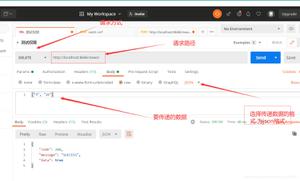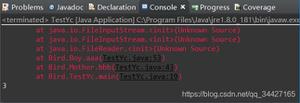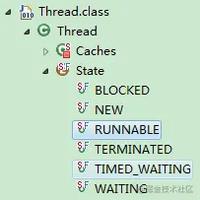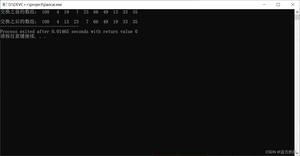什么是 scipy 集群层次结构?如何将层次聚类切分为平面聚类?
scipy.cluster.hierarchy 模块提供了层次聚类及其类型的功能,例如凝聚聚类。它有各种我们可以使用的例程 -
将层次聚类切分为平面聚类。
实施凝聚聚类。
计算层次结构的统计信息
可视化平面聚类。
检查两个平面集群分配的同构。
绘制聚类。
例程scipy.cluster.hierarchy.fcluster用于将层次聚类切割为平面聚类,他们将原始数据点分配给单个聚类,从而获得平面聚类。让我们在下面给出的例子的帮助下理解这个概念 -
示例
#Importing the packages输出结果from scipy.cluster.hierarchy import ward, fcluster
from scipy.spatial.distance import pdist
#The cluster linkage method i.e., scipy.cluster.hierarchy.ward will generate a linkage matrix as their output:
A = [
[0, 0], [0, 1], [1, 0],
[0, 3], [0, 2], [1, 4],
[3, 0], [2, 0], [4, 1],
[3, 3], [2, 3], [4, 3]
]
X = ward(pdist(A))
print(X)
[[ 0. 1. 1. 2. ][ 2. 7. 1. 2. ]
[ 3. 4. 1. 2. ]
[ 9. 10. 1. 2. ]
[ 6. 8. 1.41421356 2. ]
[11. 15. 1.73205081 3. ]
[ 5. 14. 2.081666 3. ]
[12. 13. 2.23606798 4. ]
[16. 17. 3.94968353 5. ]
[18. 19. 5.15012714 7. ]
[20. 21. 6.4968857 12. ]]
在上述输出中接收到的矩阵 X 表示一个树状图。在这个树状图中,第一个和第二个元素是在每一步合并的两个集群。这些簇之间的距离由上述树状图的第三个元素给出。新簇的大小由第四个元素提供。
#Flatting the dendrogram by using fcluster() where the assignation of the original输出结果data points to single clusters mostly depend on the distance threshold t.
fcluster(X, t=1.5, criterion='distance') #when t= 1.5
array([6, 6, 7, 4, 4, 5, 1, 7, 1, 2, 2, 3], dtype=int32)
示例
fcluster(X, t=0.9, criterion='distance') #when t= 0.9输出结果
array([ 9, 10, 11, 6, 7, 8, 1, 12, 2, 3, 4, 5], dtype=int32)
示例
fcluster(X, t=9, criterion='distance') #when t= 9输出结果
array([1, 1, 1, 1, 1, 1, 1, 1, 1, 1, 1, 1], dtype=int32)
以上是 什么是 scipy 集群层次结构?如何将层次聚类切分为平面聚类? 的全部内容, 来源链接: utcz.com/z/327809.html







